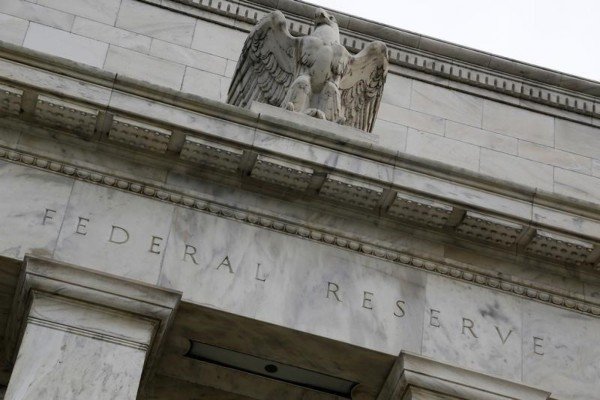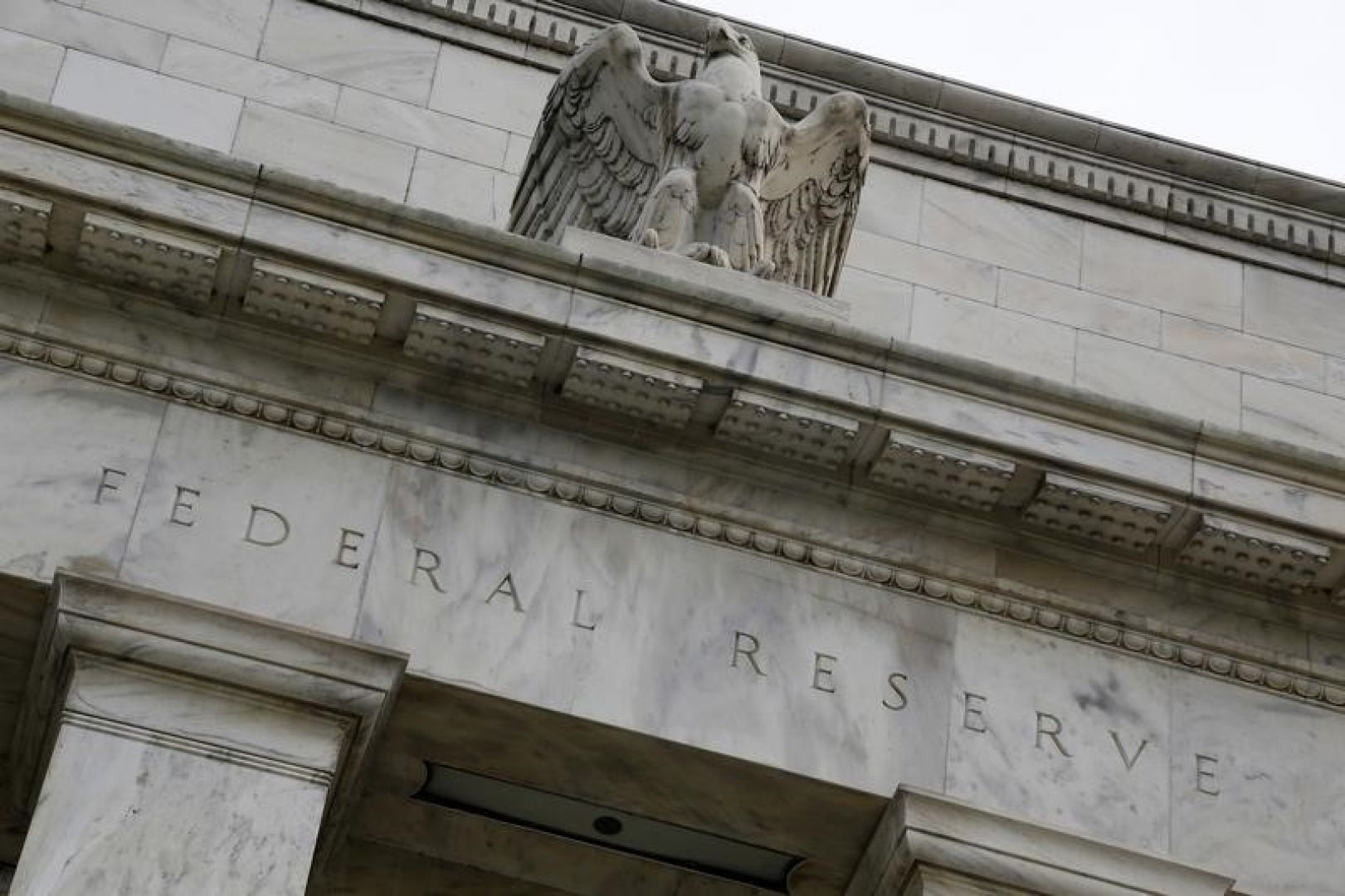The Fed has decided to raise its benchmark interest rate by 0.25%, from 0.5% to 0.75%, citing a stronger economic growth and rising employment.
This is only the second interest rate increase in a decade.
The central bank said it expected the economy to need only “gradual” increases in the short term.
Fed chief Janet Yellen said the economic outlook was “highly uncertain” and the rise was only a “modest shift”.
However, the new administration could mean rates having to rise at a faster pace next year, Janet Yellen signaled at a news conference after the announcement.
President-elect Donald Trump has promised policies to boost growth through tax cuts, spending and deregulation.
Janet Yellen said it was wrong to speculate on Donald Trump’s economic strategy without more details.
She added that some members of the Federal Open Markets Committee (FOMC), the body which sets rates, have factored in to their forecasts an increase in spending.
As a consequence, the FOMC said it now expects three rate rises in 2017 rather than the two that were predicted in September.
Janet Yellen told the news conference: “We are operating under a cloud of uncertainty… All the FOMC participants recognize that there is considerable uncertainty about how economic policy may change and what effect they may have on the economy.”
Also, the Fed chairwoman declined to be drawn on Donald Trump’s public comments about the central bank, and his use of tweets to announce policy and criticize companies.
“I’m a strong believer in the independence of the Fed,” Janet Yellen told journalists.
“I am not going to offer the incoming president advice.”
The interest rate move had been widely expected, and followed the last increase in 2015.
Rates have been near zero since the global financial crisis. But the US economy is recovering, underlined by recent data on consumer confidence, jobs, house prices and growth in manufacturing and services.
Janet Yellen said the rate rise “should certainly be understood as a reflection of the confidence we have in the progress that the economy has made and our judgment that that progress will continue”.
Although inflation is still below the Fed’s 2% target, it expects the rise in prices to pick up gradually over the medium term.
The Fed also published its economic forecasts for the next three years.
These suggest that the Federal Funds rate may rise to 1.4% in 2017; 2.1% in 2018; and 2.9% in 2019.
GDP growth will rise to 2.1% in 2017 and stay there, more or less, during those years.
The unemployment rate will fall to 4.5% over the 2017-2019 period, the Fed forecast.
Inflation will rise to 1.9% next year and hover at that level for the next two years.
The dollar rose 0.5% against the euro to €0.9455, and was 0.9% higher against the yen at 116.17 yen.
Following the Fed’s announcement, Wall Street’s main stock markets were largely unmoved, but drifted lower later. The Dows Jones index closed down 0.6%, and the S&P 500 was 0.8% lower.
